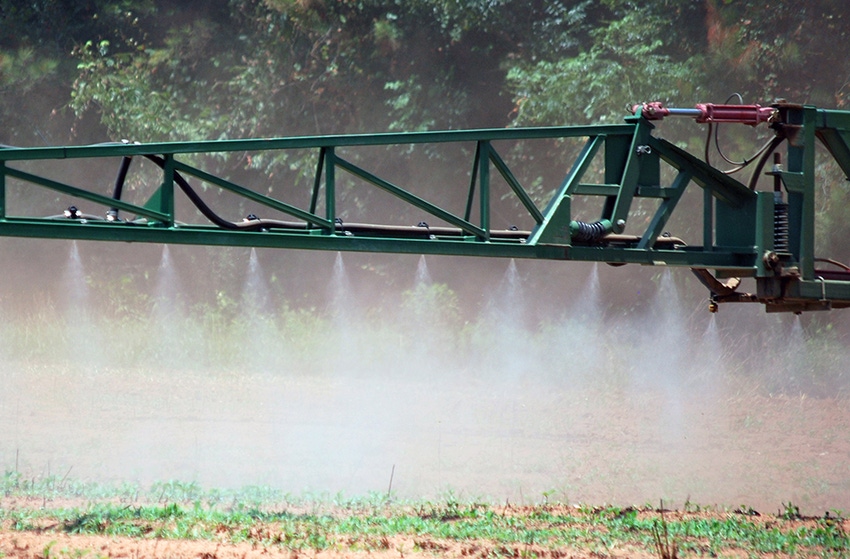
Chlorpyrifos has been in limbo since last summer. For now, growers who need the pesticide can still use it. But for how long?
Chlorpyrifos has been a viable tool for agriculture for many years in vegetables, cotton, orchards, peanuts and other crops. For some growers, the tool is essential, controlling pests that no other ingredient can. The chemistry has been targeted for banning for many years from environmental and health groups, but the regulatory axe has yet to sever the pesticide’s head.
In August, the U.S. Court of Appeals for the Ninth Circuit ordered the EPA to immediately revoke all tolerances for chlorpyrifos, essentially banning its use. In doing this, the court leapfrogged over the EPA’s regulatory process and current review of the pesticide. In September, the EPA asked the court to review again its decision. The first week of February, the court announced it would indeed rehear the case. And that is where the story of chlorpyrifos rests now.
The chlorpyrifos question was raised at the recent Georgia Peanut Farm Show in Tifton, Ga., during a panel discussion with University of Georgia Extension specialists. Soon after the show, Southeast Farm Press got up with Dr. Mark Abney, UGA Extension entomologist who fielded the question, to talk about the pesticide.
More than a decade ago, much of Georgia’s peanut acres received an application of chlorpyrifos, more commonly known as Lorsban. Today, that preventive application is not common, and the product is not as widely used. But for some growers chlorpyrifos can mean the difference between making money or losing money in the field, particularly growers who struggle with the southern corn rootworm or the peanut burrower bug, both of which can only be affectively managed with chlorpyrifos, Abney said.
Compared to Georgia’s total peanut acreage, acres affected by southern corn rootworm or the peanut burrower are relatively small percentage wise. With that, the loss of chlorpyrifos might not seem that significant for the industry. But the pests can tank yields, quality and profitability for the growers facing them in any state, and that’s 100 percent significant to those growers.
Farm groups and industry trade associations have championed the need to maintain regulatory tolerances for the tool. But the writing may be on the wall. Too many folks outside agriculture want it gone with some taking the judicial route to ban it. But legislative action, too, at the state and federal levels, wants to outflank EPA’s regulatory process to get rid of chlorpyrifos.
Most recently in early January, U.S. Congresswoman Nydia Velazquez (D-NY-7) introduced a bill to force the EPA to cancel registration for all uses of the pesticide. The bill says, “chlorpyrifos shall be deemed to generally cause unreasonable adverse effects on the environment due in part to dietary risks to humans posed by residues of that pesticide chemical on food …. following such cancellation, the Administrator shall revoke any tolerance or exemption that allows the presence of chlorpyrifos or any pesticide chemical residue that results from its use, in or on food.”
We'll see where it all lands.
Good luck. Take care, and thanks for reading.
About the Author(s)
You May Also Like






